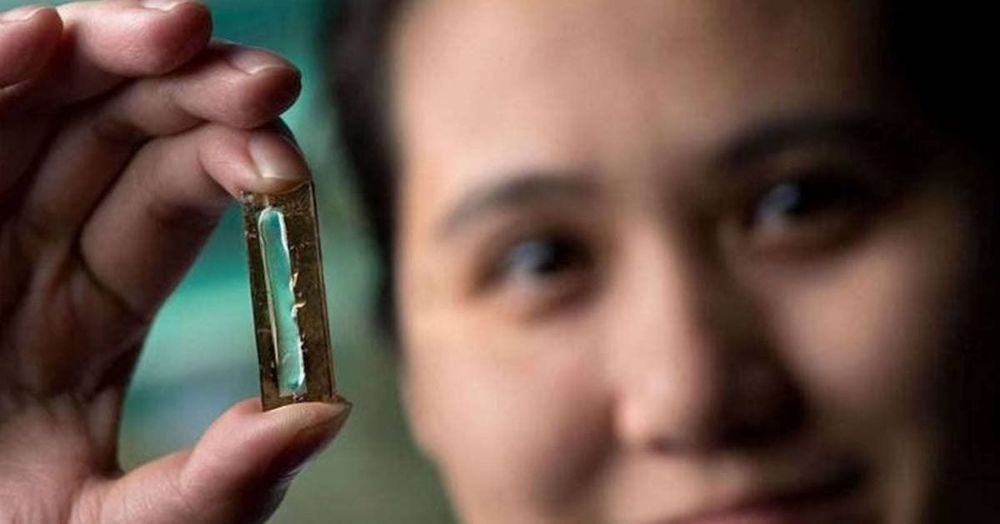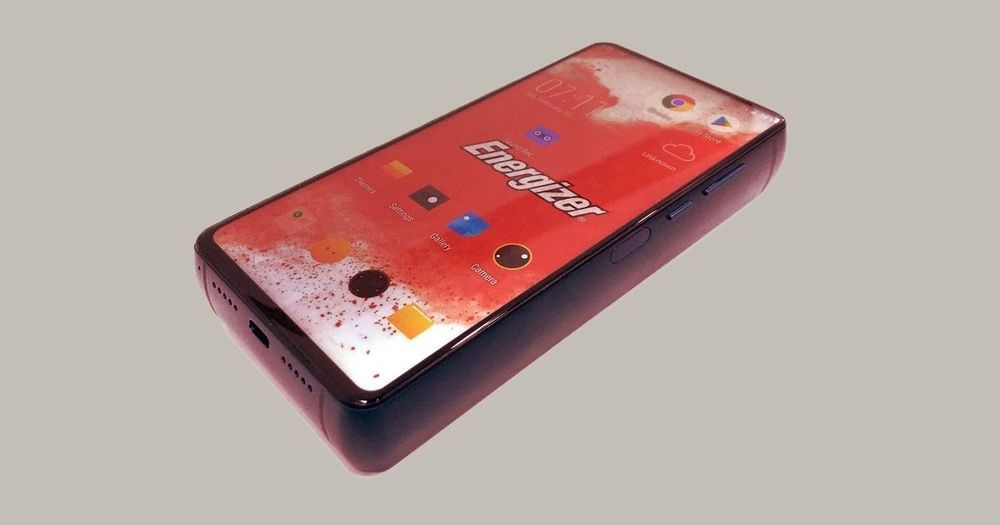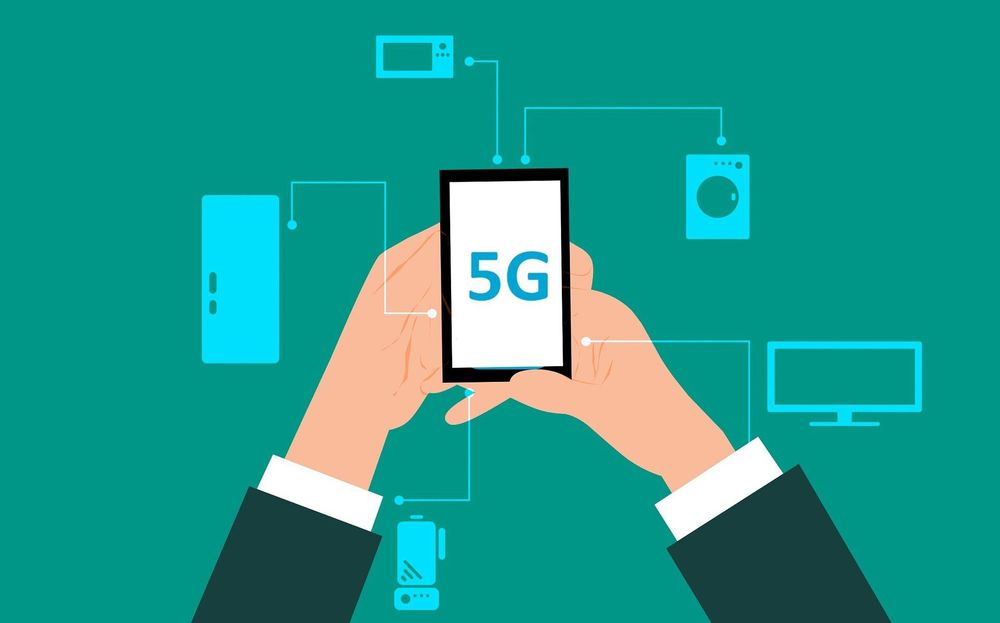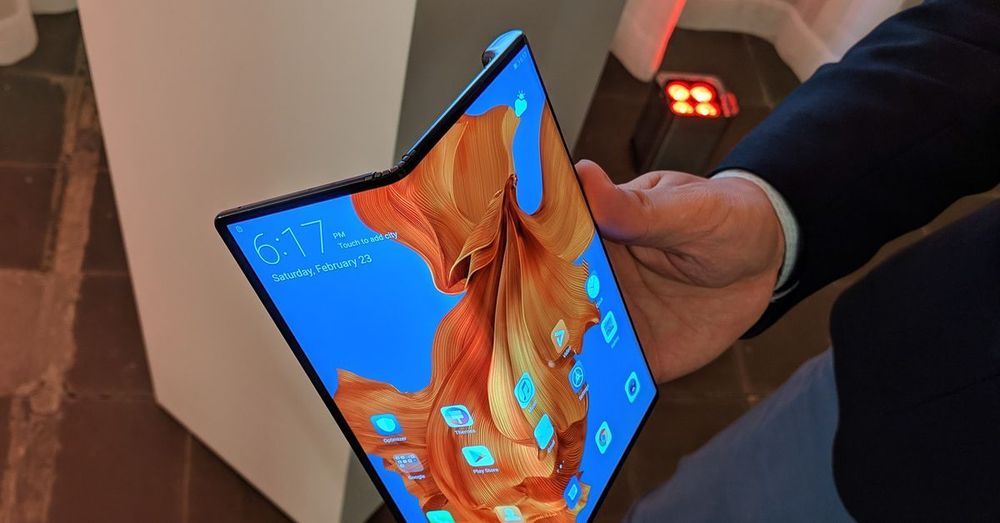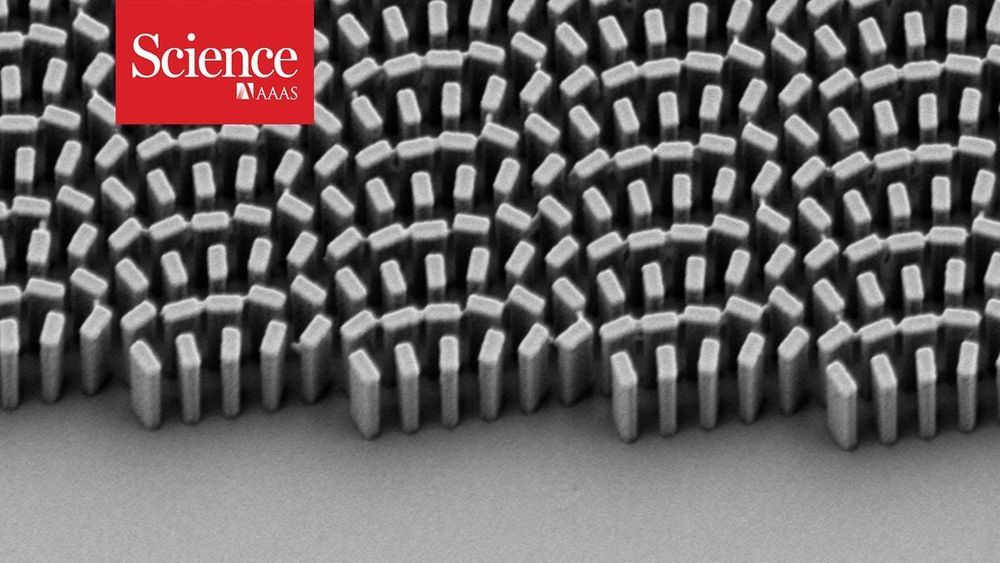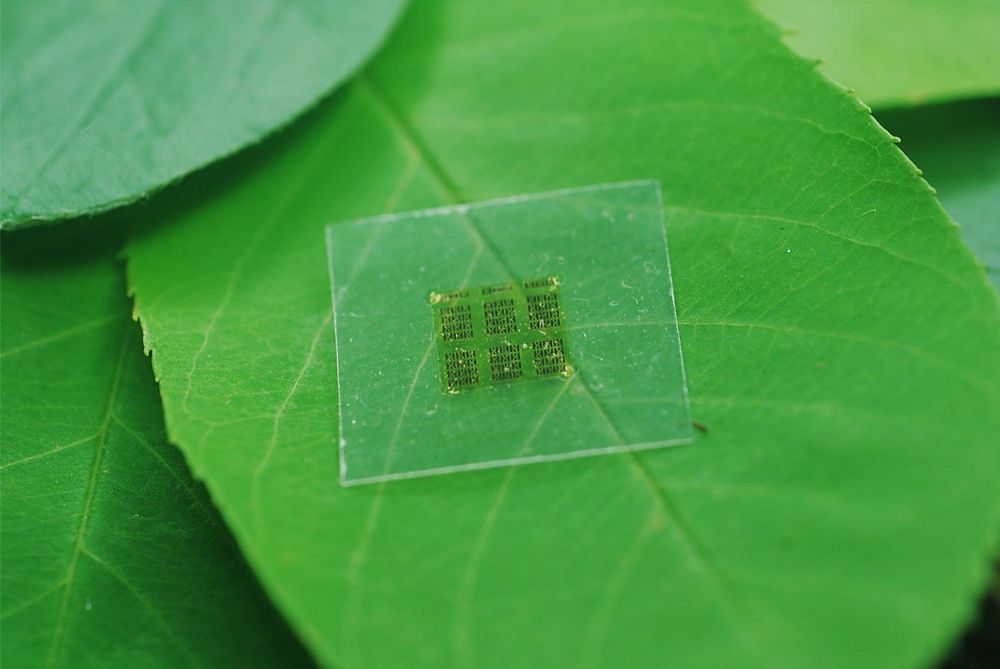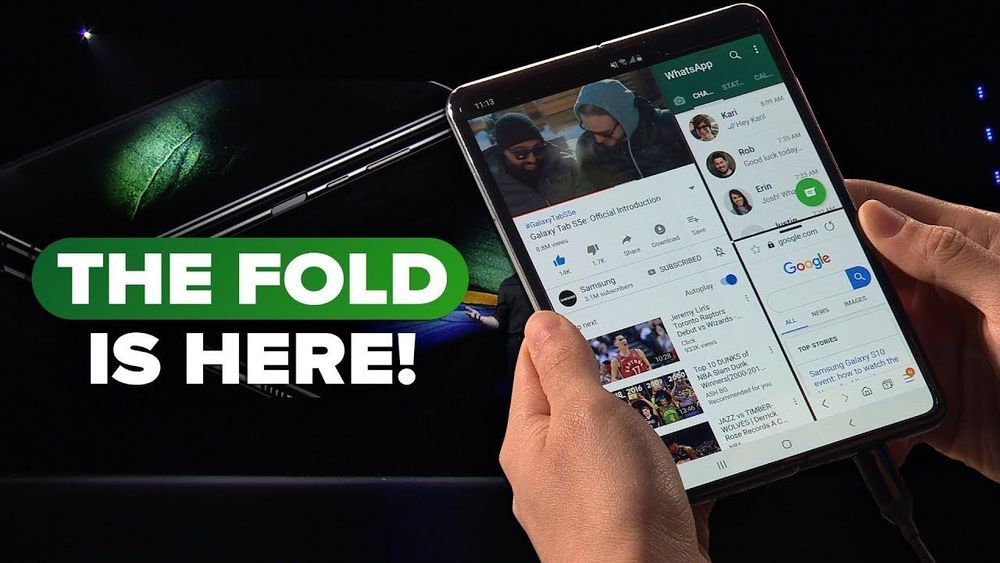Mar 7, 2019
A student accidentally created a rechargeable battery that could last 400 years
Posted by Paul Battista in categories: computing, mobile phones
There’s no better example of that than a 2016 discovery at the University of California, Irvine, by doctoral student Mya Le Thai. After playing around in the lab, she made a discovery that could lead to a rechargeable battery that could last up to 400 years. That means longer-lasting laptops and smartphones and fewer lithium ion batteries piling up in landfills.
